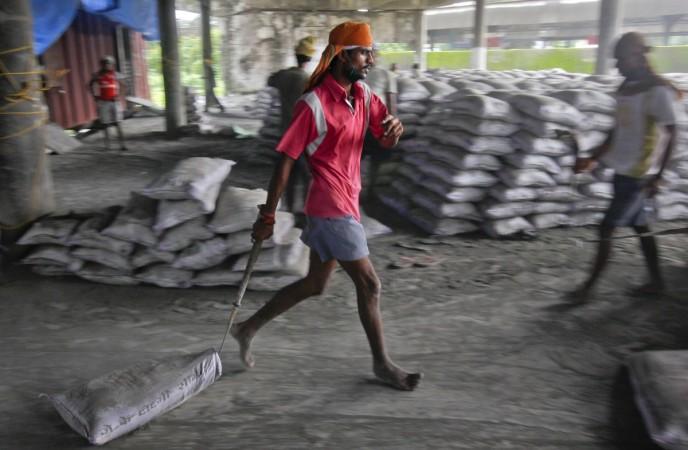
Indian Railways is all set to get its inaugural government-owned dedicated corridor for freight trains on Independence Day. Ever since the first train started between Bombay and Thane way back in 1853, the Indian Railways was in a dire need of a dedicated freight corridor. This dedicated corridor will definitely bring Indian railways on par with roadways in freight traffic.
Business Standard reported that Prime Minister Narendra Modi is expected to inaugurate this 190-km railway line between Dadri in Uttar Pradesh and Phulera in Rajasthan on 15th August this year. The corridor falls under the Western Dedicated Corridor (WDFC).
PM Modi is expected to set the tone for the election scheduled in three important states of Rajasthan, Madhya Pradesh and Chhattisgarh later this year, as well as for the general elections in 2019. The government is likely to highlight the project as one of the major achievements.

Although the dedicated freight corridor had received an in-principle approval from the Cabinet way back in 2006, the project was delayed multiple times. The corridor might serve as a lifeline for the railways which is currently facing stiff competition from roadways in freight traffic.
Indian railways witness a unique feature in its passenger and freight movement. The world trend shows that the passenger fare is much higher as compared to the freight charges, however, in India, the passenger fare is much lower as compared to the freight charges.
A higher freight charge in the railways, when compared to roadways, is also one of the major reasons why the latter is the preferred option. The freight charges are also likely to come down once a number of dedicated corridors increases.
While the Western Dedicated Freight Corridor is receiving a loan assistance of Rs 387.22 billion from Japan International Cooperation Agency (JICA), the World Bank is financing the Eastern DFC (Mughalsarai-Allahabad-Kanpur-Khurja-Dadri- & Khurja-Ludhiana) through a loan.
The Rs 814 billion project of linking Eastern and Western DFCs will be of 3,360 km in length, out of which around 1,500 km comes under the western region.

















